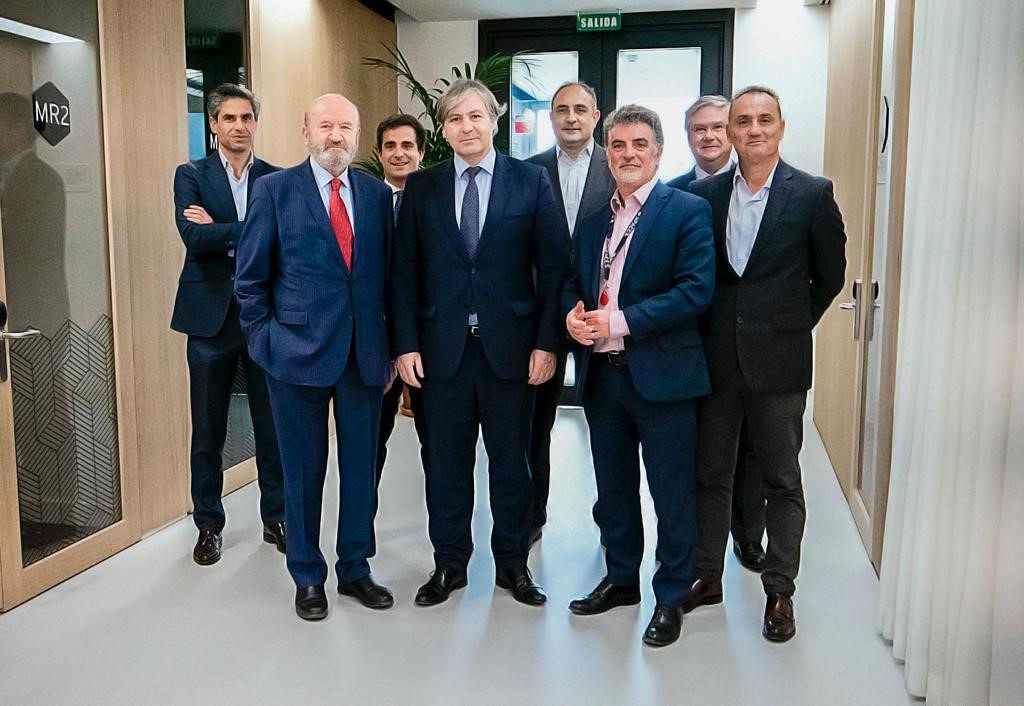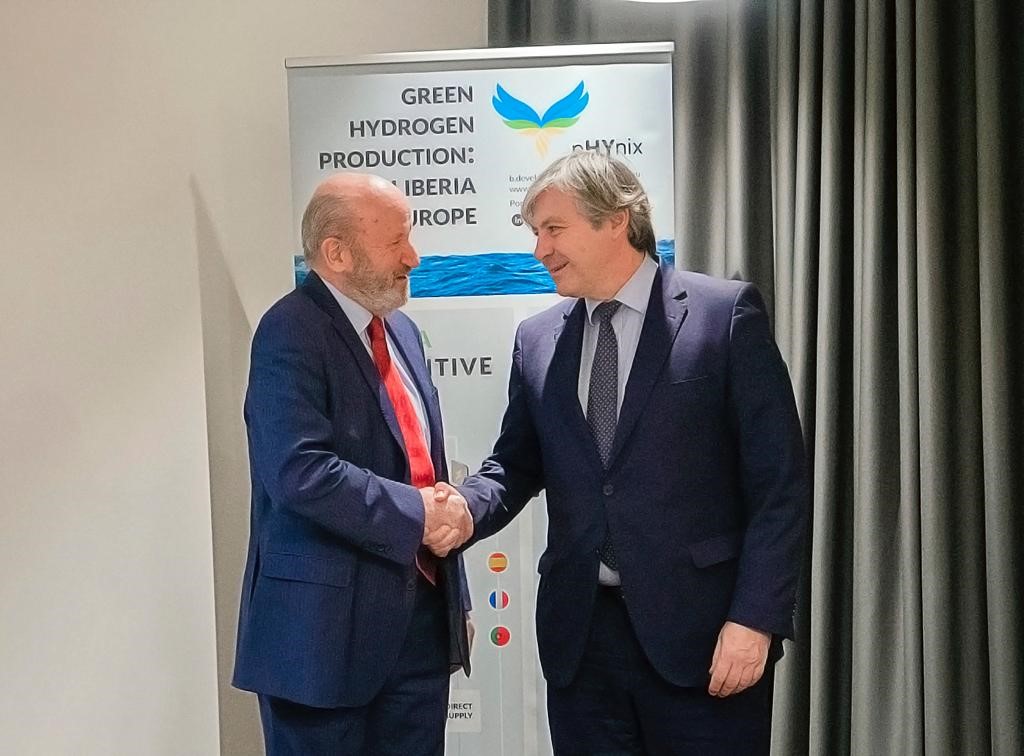pHYnix, an independent renewable hydrogen producer, has selected DF Green Tech, Duro Felguera’s renewable energy division, to develop the turnkey contract (EPC) for the construction of the Vitale production plant, located in Alcázar de San Juan (Ciudad Real). The contract includes the detailed engineering, civil works, supply and installation of main equipment including the electrolyser (Cummins) and compressors (Howden), and the commissioning of the plant.
The President of pHYnix Iberia, José Ángel Escribese, has highlighted that “we have great confidence in the technical experience in turnkey projects of Duro Felguera and its new renewable energy division DF Green Tech. The signing of this contract allows us to immediately start the last stage of Vitale: its construction and commissioning. We can say with satisfaction that within a year we will be able to supply renewable hydrogen to the market to decarbonise industry and transport”.
Duro Felguera Green Tech will immediately start the detailed engineering from the basic engineering developed by Tresca Ingeniería, in order to have the facility in operation in the first quarter of 2024. The scope of the investment made by pHYnix in the Vitale project exceeds 23 million euros.

Front left to right: José Ángel Escribese, Presidente pHYnix Iberia, Jaime Argüelles, CEO Duro Felguera, Jean-Pierre Riche, presidente pHYnix SAS, Ricardo Izquierdo, director de Operaciones pHYnix Iberia.
Behind from left to right: Luis Bausela, responsable Unidad de Hidrógeno de Duro Felguera, Fernando González, director de Proyecto pHYnix Iberia, Álvaro López Durán, director Comercial de Duro Felguera, Fernando Román, director de Estrategia pHYnix Iberia.
The CEO of Duro Felguera, Jaime Argüelles, highlighted the key positioning of Duro Felguera in the field of sustainable hydrogen – in which the company is a pioneer in the commitment to relevant projects – as well as in ecological transition projects from an early stage. “We approached the green hydrogen sector from our strengths as an expert in conventional energy, with 26,000 MW installed in the world; also from the added value for the customer that we provide thanks to the synergy between our different lines of business and the optimisation of our engineering solutions,” he said.
“We are very satisfied with this project, which is already the second renewable hydrogen EPC we have developed and which we will carry out in the way that has always distinguished Duro Felguera: differential solutions, experience and knowledge of our specialists, deadlines and quality”, he added.
Vitale will be one of the first renewable hydrogen production plants in Europe and the first in Spain on a commercial scale with different uses. The renewable gas will be sold to local industry through direct supply, to the logistics and heavy transport sectors, and to urban and interurban transport in the Madrid region through distribution to hydrogen refuelling stations known as HRS (Hydrogen Refuelling Station). A special highlight is the use of a percentage of production for injection into the gas network (gas blending).
Vitale will produce 1,450 tonnes of renewable hydrogen per year from 2024 onwards.
Together with its second production project, Barataria, a 70MW electrolytic project, pHYnix will produce 11,700 tonnes of hydrogen per year from 2025, thus contributing to the decarbonisation of the most critical sectors: industry and transport.
About pHYnix
pHYnix SAS is an independent European company dedicated to the development, construction and commercial operation of renewable hydrogen generation plants, with equipment and business spread across France, Spain and Portugal. pHYnix SAS has as its majority shareholder Transition Evergreen, the first investment fund listed in France on Euronext Paris, compartment C (ISIN FR0000035784), dedicated to the ecological transition and the reduction of the carbon footprint.
pHYnix contributes to the energy independence of territories and countries and to the energy transition of its clients by achieving for them the decarbonisation of their activity, a competitive migration and the supply of green hydrogen.

